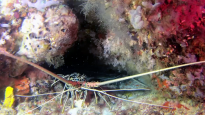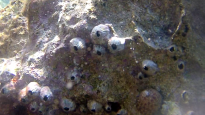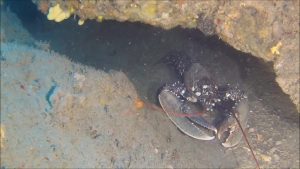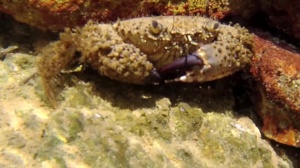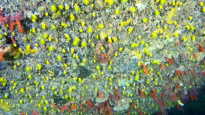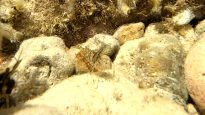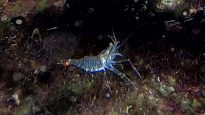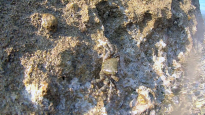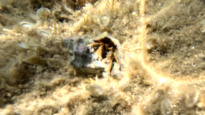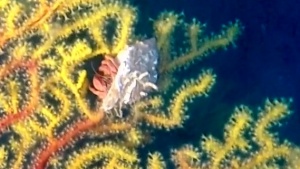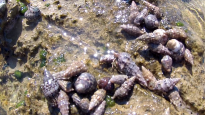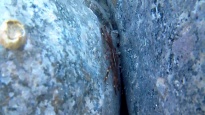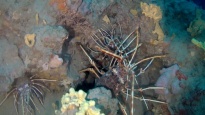Crustaceans - Crustacea
Aragosta tropicale - Panulirus versicolor
Balani - Thoracica
Blue king crab or blue crab - Callinectes sapidus
Cicala di mare Magnosella - Scyllarus arctus
European Lobster - Homarus gammarus
Favollo - Eriphia verrucosa
Galathea - Galatheidae
Gamberetto di porto o delle rocce - Palaemon elegans
Gamberetto maggiore - Palaemon serratus
Granchio corridore - Pachygrapsus marmoratus
Hermit Crabs - Pagurus
Hermit crab - Pagurus bernhardus
St Piran's crab - Clibanarius erythropus
Sally Lightfoot Crab - Percnon gibbesi
Sea Flea - Nerocilia bivittata
Spiny lobster - Palinurus Elephas
I crostacei Crustacea costituiscono un subphylum degli Artropodi
Crustaceans (Crustacea Brünnich, 1772) are a subphylum of arthropods which includes mainly marine aquatic animals, although they are also widely present in freshwater and is known some terrestrial species.
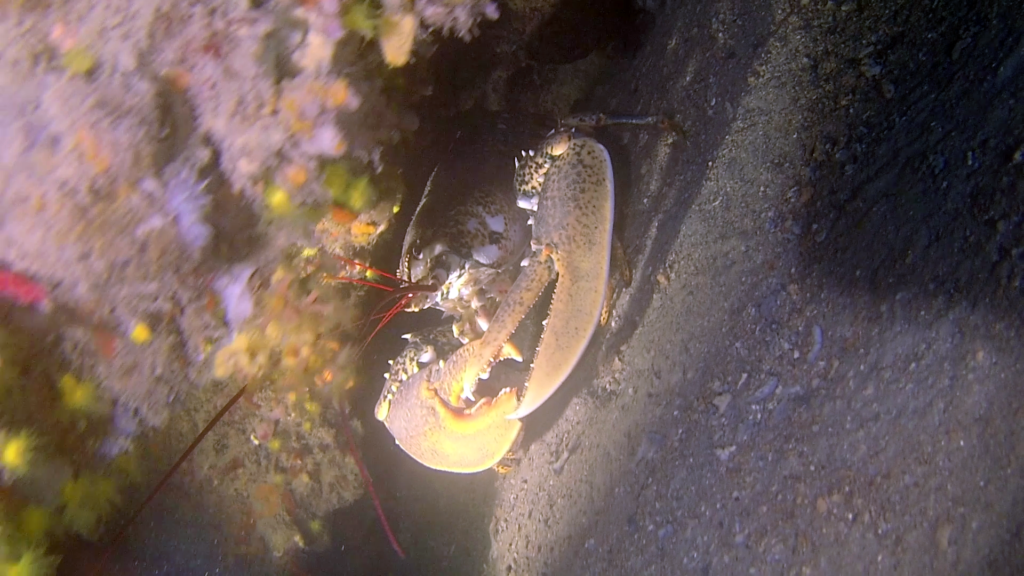
Description
That of Crustaceans constitute a very heterogeneous group whose members, at the morphological level, are linked mainly by two basal characters:
the presence of two pairs of appendages preorali (antennules and antennas) in the cephalon, otherwise identical – number and arrangement of the segments and appendages – to that of Myriapods and Hexapods; the presence of some biramose appendages (though different from those of Trilobitomorfi). In the most primitive Crustaceans there are no signs of metamerism homonomous in the trunk, only next region to cephalon: in this case all trunk segments bear locomotor appendages, which are usually smaller approaching the last segment, which often has a rigid furcula.

In more advanced shellfish trunk is divided into the chest and abdomen, said pereion and Pleon respectively. In this case, there is a differentiation of the appendices in pereiopodi (in pereion) and pleiopodi (in Pleon): the pereiopodi are mainly used to terrestrial locomotion (the front pereiopodi can perform the function of gripping and shredding of the food and in this case are said massillipedi), while the pleiopodi have other functions (for example they can be molded to the pallet for swimming, may bear gills, serve to hold the eggs).
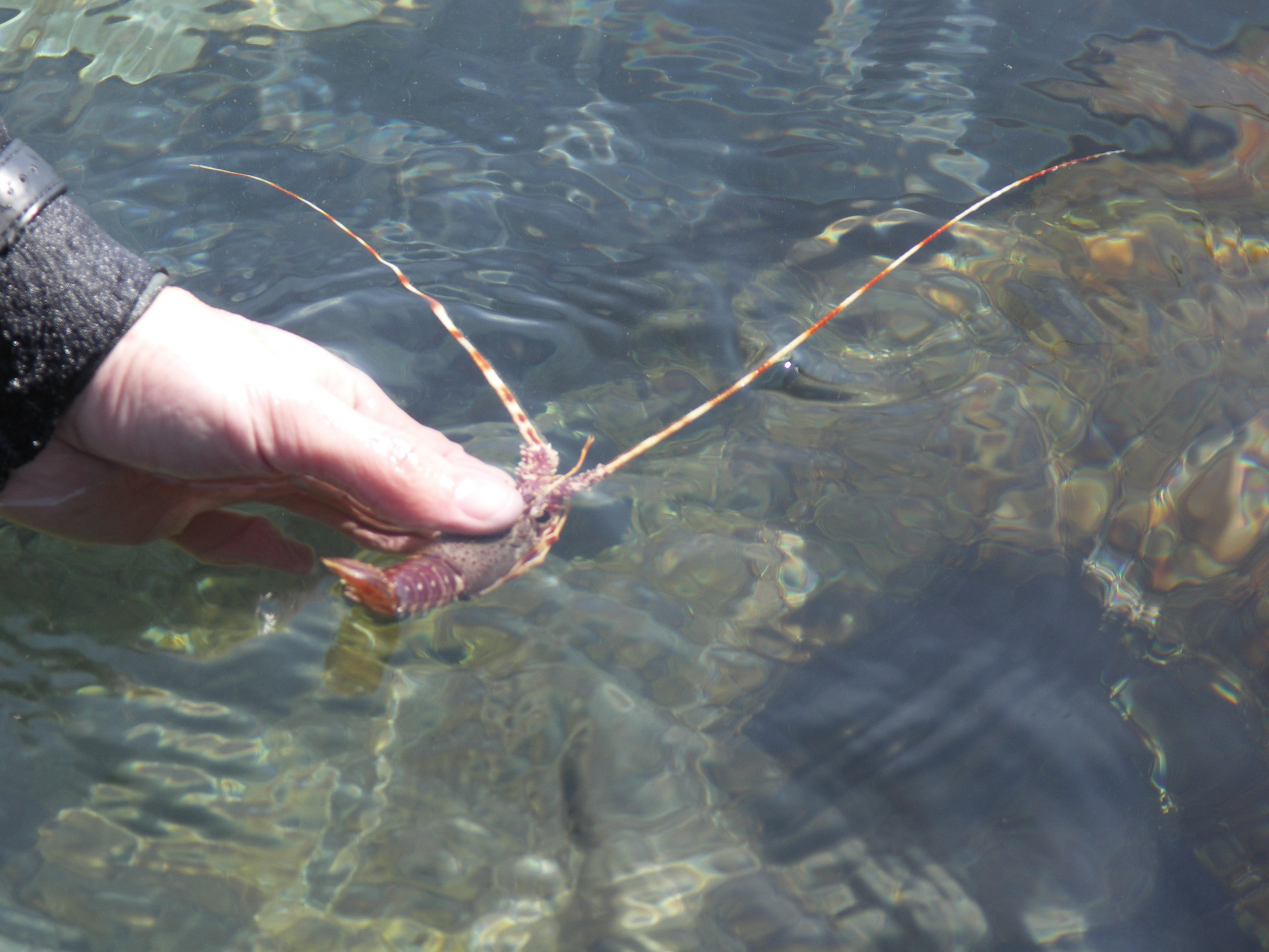
Sometimes pleiopodi last couple are flattened and are flanked by the telson (post-anal segment without appendices), also flattened, forming a fan-shaped caudal (eg lobsters).
In some crustaceans, the most famous, the thorax and the head are fused together to form a cephalothorax, covered with a carapace made more rigid by the calcium carbonate deposition.
The eyes may be the end of appendages modified or be stalked.
A typical example of progress of differentiation of the segments has in crabs. In these evolved Crustaceans, abdomen no more extension is indeed reduced and turned under the cephalothorax.
Gallery

